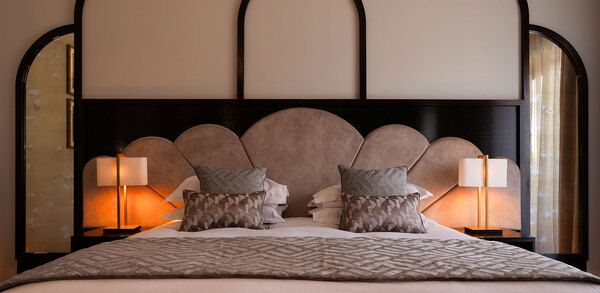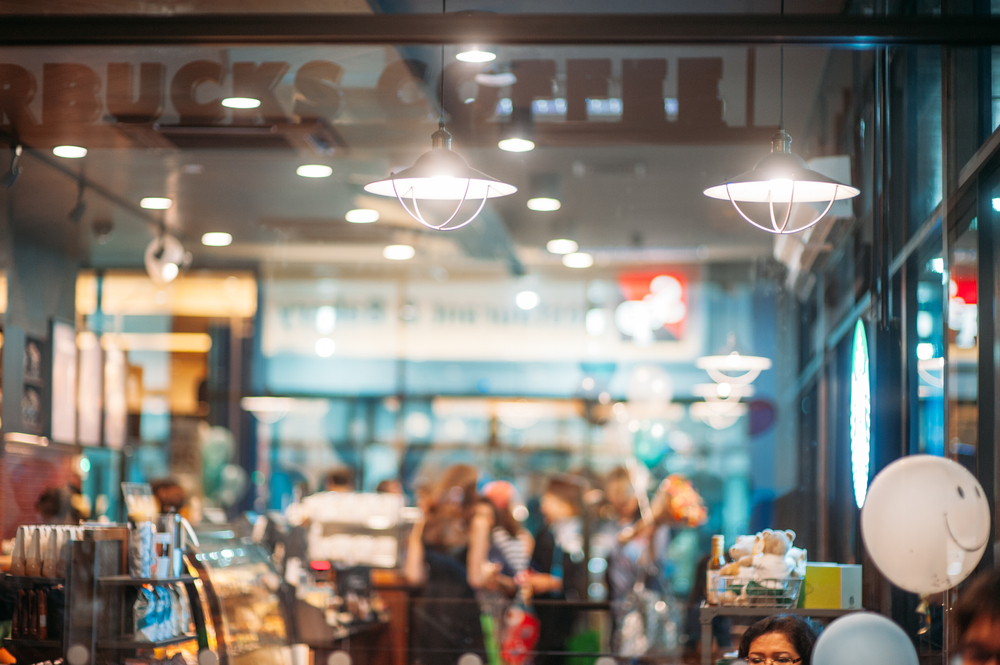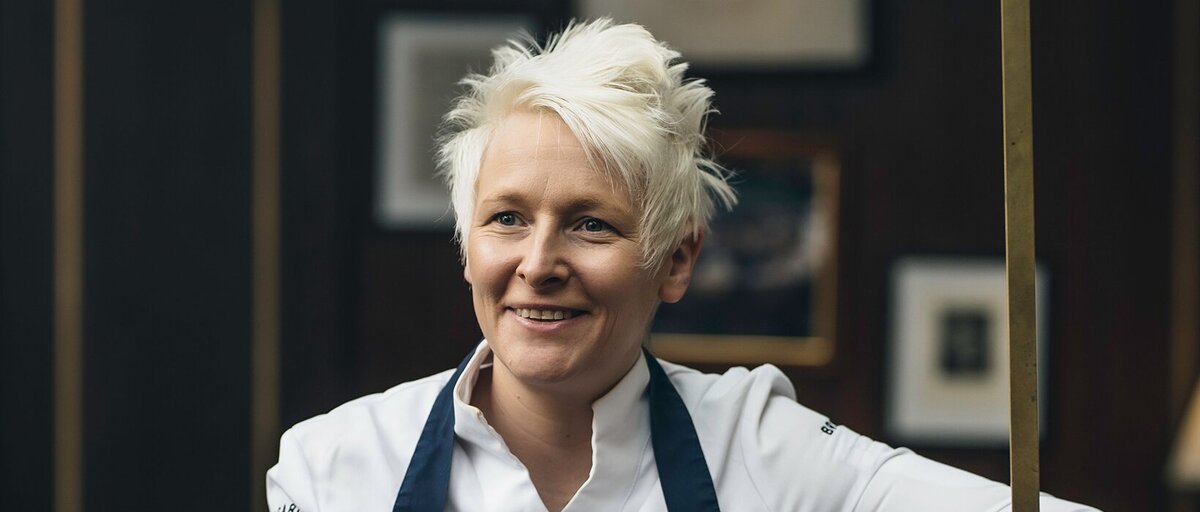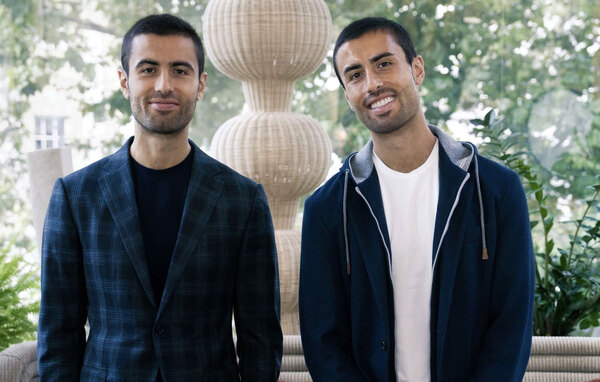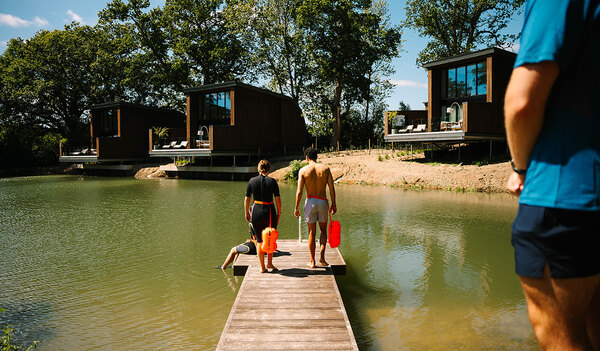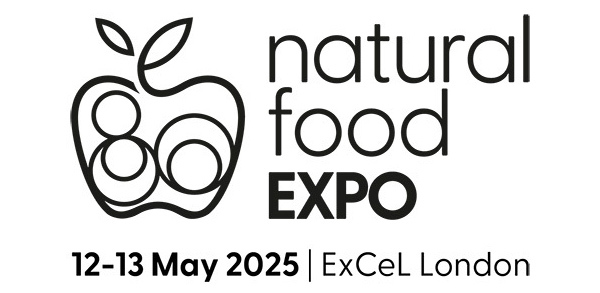Interview with Richard Corrigan on his new Mayfair opening
It's a grey autumn day in London, and Richard Corrigan's new restaurant next to the Grosvenor House hotel is freezing. The place is barely more than a building site, and I make my way through the entrance looking for the Irish chef, whom I find busy directing the workmen.
Wearing a large winter jacket, Corrigan is a big man, with a roaring voice, whose welcome does little to warm up the unfinished premises. But as well as his no-nonsense personality and cut-to-the-chase attitude, he has a kinder side that emerges in conversation, as well as a hugely infectious laugh and a boyish charm about him.
This long-awaited restaurant is the climax of his career to date. And despite the mess, noise and busy builders, a sense of it being something specialis tangible already. Perhaps it's the history of the site, which was home to one of London's most iconic restaurants, Nico Ladenis' three-Michelin-starred Chez Nico at Ninety. It closed six years ago, but the reputation of the place still stands. "It‘s legendary," Corrigan says. "There's a great history and DNA attached to it."
Could this make him feel rather daunted? "No, I don't feel that way at all," Corrigan insists. "When I first came to London 22 years ago, I would have been worrying for sure, but when you're looking up the ladder it always seems greater than when you're looking down it. Realising your ambition is what's daunting, but this is a long-term project that's not about short-term success."
The fact that Corrigan is opening a restaurant at the Grosvenor House has been the worst-kept secret since Alain Ducasse's fiercely denied launch at the Dorchester. Corrigan was first linked to the hotel on Park Lane in 2005. "Owing to an asbestos issue at the site, there was a big delay," he says. "But you know, what's a year, what's two? Life goes on and, while I was annoyed initially, in hindsight the extra time allowed us to properly bed down Bentley's [the restaurant brand that Corrigan took over in London in 2006 and launched in Dublin this August], so it wasn't time that was wasted at all."
The restaurant is a stand-alone operation adjacent to Grosvenor House with a separate entrance on Upper Grosvenor Street, away from the busy Park Lane. It includes two private dining rooms as well as a bar, with interiors designed by Martin Brudnizki, whose other London projects include the St Pancras Grand and the Wolseley.
In Corrigan's case, the look reflects the theme of a hunting lodge, and the interiors include antlers, a frieze carving of abstract game figures running through wild grass, and table lamps covered in feathers. There are artworks from Corrigan's own collection as well as arctic-blue leather banquettes and chairs and oak flooring. This, says Corrigan, is all down to him having grown up on a 25-acre farm in County Meath in the Irish midlands. "I always wanted this place to represent where I come from," he says. "We use to hunt, so something around game is the look I wanted."
Wild thing
The menu at Corrigan's also reflects this hunting theme, with a focus on wild foods and game at its core. Developed together with head chef Chris McGowan, it includes ingredients such as wild smoked salmon, John Dory, hare, partridge, pheasant and venison. Corrigan's earthy, robust yet sophisticated and "less is more" approach to fine dining is very much at the heart of the restaurant, as is a sense of honesty in the food, which he says is what people want.
He asserts: "This is Corrigan's Mayfair, not Corrigan at Ninety, and I want to put an end to the ‘hoitiness' associated with that brand. People know their food, they want to eat well, but they don't want all the bull that comes with a certain level of dining. We're going to get rid of all the distractions in between courses - the amuses bouches, pre-desserts and tasting menus have all been banished to the culinary dustbin. Diners don't have time for all that stuff any more."
Corrigan admits that opening a high-end restaurant in the current climate comes at "probably the most impossible time". But he isn't daunted by the prospect. "I launched Stephen Bull's Blandford Street in the midst of a complete disaster of a recession in the 1980s," he says. "What happens in times like these is that London realises what's value for money, and seeks out those types of restaurants. You can still do very well in a recession."
What about the competition? Park Lane, indeed the whole of Mayfair, has become rich with high-profile chefs, with Michel Roux Jnr, Gary Rhodes, Alain Ducasse and Chris Galvin nearby. Is Corrigan worried? "Like every restaurant, we will have to fight for every customer," he admits. "But Mayfair is a wealthy area and there are plenty of punters to go around."
Will he, though, be aiming for more stars? "Michelin is the most important guide to be in and I've been lucky enough to have retained a star at Lindsay House for the past 10 years," he says. "Of course, we'll be looking to replicate that, but ultimately we're cooking for the customers, and you can't take these things too seriously."
There will be other judges, too, but Corrigan treads carefully. "You have to respect the top reviewers and what they write", he says. "The likes of AA Gill, Giles Coren and Fay Maschler really know what they're talking about and where the market's going. A bad review is always gutting, but I genuinely feel that they know when someone is trying really hard to do something right."
And Corrigan has mostly got it right. Born in Dublin in 1964, he moved to London in 1985 to work with Michel Lorrain at Le Méridien hotel in Piccadilly. After heading Blandford Street, moving to Mulligan's in Mayfair and taking a stint at future acquisition Bentley's, he launched Fulham Road with Bull, gaining his first Michelin star in 1994.
A tie-up with contract caterer Searcy in 1996 led to projects such as Searcy's Brasserie at the Barbican, the opening of the House restaurant and the English Garden, both in Chelsea, and the prized contract to operate an exclusive restaurant and bar atop London's Gherkin in 2004.
The contract caterer also helped Corrigan with his purchase of the Lindsay House in 1997. Based in a four-storey 1740s townhouse in Soho, the restaurant gained a Michelin star in 1999 and quickly developed into a London favourite.
More accolades followed, with Corrigan winning the Outstanding London Chef award in the 2000 Carlton London Restaurant Awards, and Lindsay House being named one of London's five finest restaurants by Gaut Millat in 2005. With the opening of Corrigan's Mayfair, however, will come the closure of Lindsay House, at the end of May next year. It is, as Corrigan says, the end of an era. "Lindsay House is a great London institution that has had the most extraordinarily loyal customer base over the years," he says. "Of course, I'm sad to see it close."
Tiny kitchen
However, running Lindsay House wasn't always easy, with problems with the ageing fabric of the building and the restaurant's tiny kitchen making it a challenging place to work. "Everyone who came to see that kitchen couldn't believe we could serve 90 covers," Corrigan says. "Gordon Ramsay, Marcus Wareing, Steven Doherty - all the chefs said: ‘Corrigan, how on earth are you doing it?'"
Corrigan will host a series of lunches and dinners at the restaurant next year, inviting friend Mark Hix and Jean-Andre Charial from the two-Michelin-starred La Rossa in Italy, among others, to cook.
With Lindsay House, plus the House and the English Garden long sold, the relationship with Searcy's is now on a purely consulting basis. The Alternative Hotel Group acquired Searcy's last year, and executives there were keen that Corrigan still be involved, particularly as there were a number of high-profile pitches and repitches coming up. As a result, Corrigan was brought in to give advice on the Barbican, National Portrait Gallery and Gherkin contracts, as well as the setting up of the Champagne Bar, St Pancras Grand, and the Champagne Bar at Westfield.
Publishing and TV
Having launched Bentley's restaurants in both London and Dublin, under the leadership of operations director Cyril Lommaert and head chef Brendan Fyldes, Corrigan now has another side to his business. He also has a new book out, The Clatter of Forks and Spoons: Honest, Happy Food, published last month, and he's hoping to kick-start his TV career again. Appearances as one of four winning chefs on BBC2's Great British Menu in 2006 brought Corrigan's name to a wider public, where before he had just been known within the industry.
"There's a little bit of TV coming up next year," he reveals. "I enjoy doing it and it definitely helps raise the profile of your restaurant. But it mustn't take over the day job."
He concludes: "I've worked incredibly hard over the past four years to get the Bentley's project off the ground, and I'm really proud it has been a huge success. There's nothing like success to make you and the people around you feel good. It allows you to pay good salaries and hold on to the talent that helped create the success in the first place."
Corrigan at the Grosvenor House
- Opened 6 November
- Chef-patron Richard Corrigan
- Head chef Chris McGowan
- Restaurant manager Jacques Dejardin
- Head sommelier Andrea Briccarello
- Prices Starters from £6.50 to £18 main courses from £13.50 to £24 set-lunch menu, £24.50 for three courses
- Capacities Restaurant 72 bar 11 Club Room 10 Lindsay Room 30
- Address 28 Upper Grosvenor Street, London W1K 2NG
- Tel: 020 7499 9943
- Website www.corrigansmayfair.com
What's on the menu?
â- Salad of game birds with romesco sauce, £8
â- Ox tongue with cauliflower and reform sauce, £7.50
â- John Dory with Jerusalem artichokes and langoustine sauce, £19.50
â- Saddle of hare with chestnut and bread stuffing, £15
â- Roast partridge with bread sauce, sprouts and bacon, £17.50
â- Lime and cheese soufflé, £7.50
â- Chocolate brownie with sour cherry ice-cream, £7.50
â- Cheese from our islands - Stinking Bishop, Ragstone, Mileens, Peroche, £8
By Kerstin Kühn


